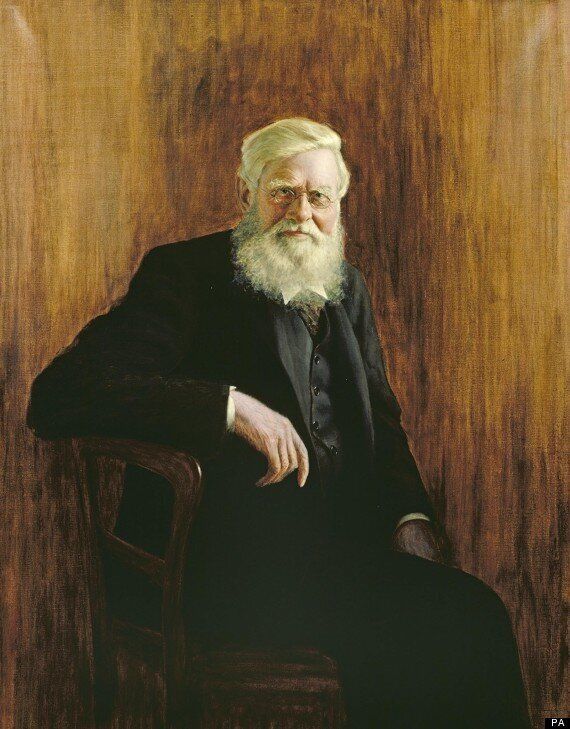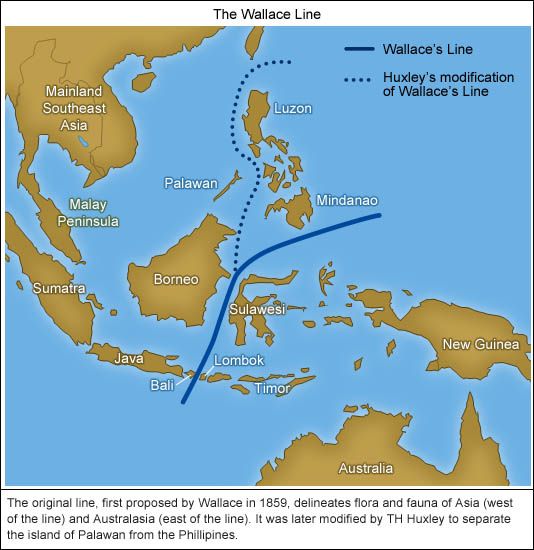Home > Sections > Famous Scientists > Alfred Russell Wallace
Alfred Russell Wallace
Life Details
Born: January 8th 1823. Died: November 7th 1913.
Introduction
Alfred Russell Wallace was a humanist, naturalist and explorer, who, along with Charles Darwin and other scientists at the time, started to explore the genome and how we became to being.
Early Life
Born in Usk (now called Monmouthshire), he was the eighth of nine children, born to Thomas Vere Wallace and Mary Anne Greenell. He grew up in modest circumstances in rural Wales, and then in Hertford, Hertfordshire, England. He was not very well taught, spending only 6 years at Hertford Grammar School, but his home has a wealth of books, maps and gardening activities, which Wallace capitalised on as his love for nature ensured.
His early career path saw him work with his older brother, William, in the surverying business, where two new acts had been sent through government and maps of farmlands, public lands and parishes were in demand. All the while of doing randoms jobs, he was self-taught, and read books on natural history, political economy and even read books published by Charles Darwin.
Natural Selection
Wallace liked to explore, and he spent a great deal of time outdoors while in his makeshift job roles as a surveyor. He travelled to Brazil in 1848 as a self-employed specimen collector. He spent four years collecting, mapping, drawing and writing in unexplored regions of the Amazon River basin. He collected all manner of wildlife, and although one shipment was recovered, most of Wallace's work was sunk in when the ship he returned home in burst into flames. He was able to rescue some of his notes.
From those notes, he published several scientific articles, two books (Palm Trees of the Amazon and their Uses, and Narrative of Travels on the Amazon and Rio Negro - both in 1853). This won him acclaim with the Royal Geographical Society, and it funded his next expedition to the Malay Archipelago.
Malay Archipelago
It was on the Malay Archipelago that Wallace found his forté. He would find that there were differences between species across two different sets of islands. He later drew on a map a line that depicts this. This was in relation to studies by Charles Darwin, who coincidentally was finding the same over on the Galapagos islands. This was due to the theory of natural selection.
Between 1854 and 1862, Wallace spent time on the Malay Archipelago, where he collected specimens for research, writing scores of scientific articles. It was some of these articles that were later sent to the Linnean Society, where both Wallace's name and Darwin's name were published together on a paper called 'On the Tendency of Species to Form Varieties'.





